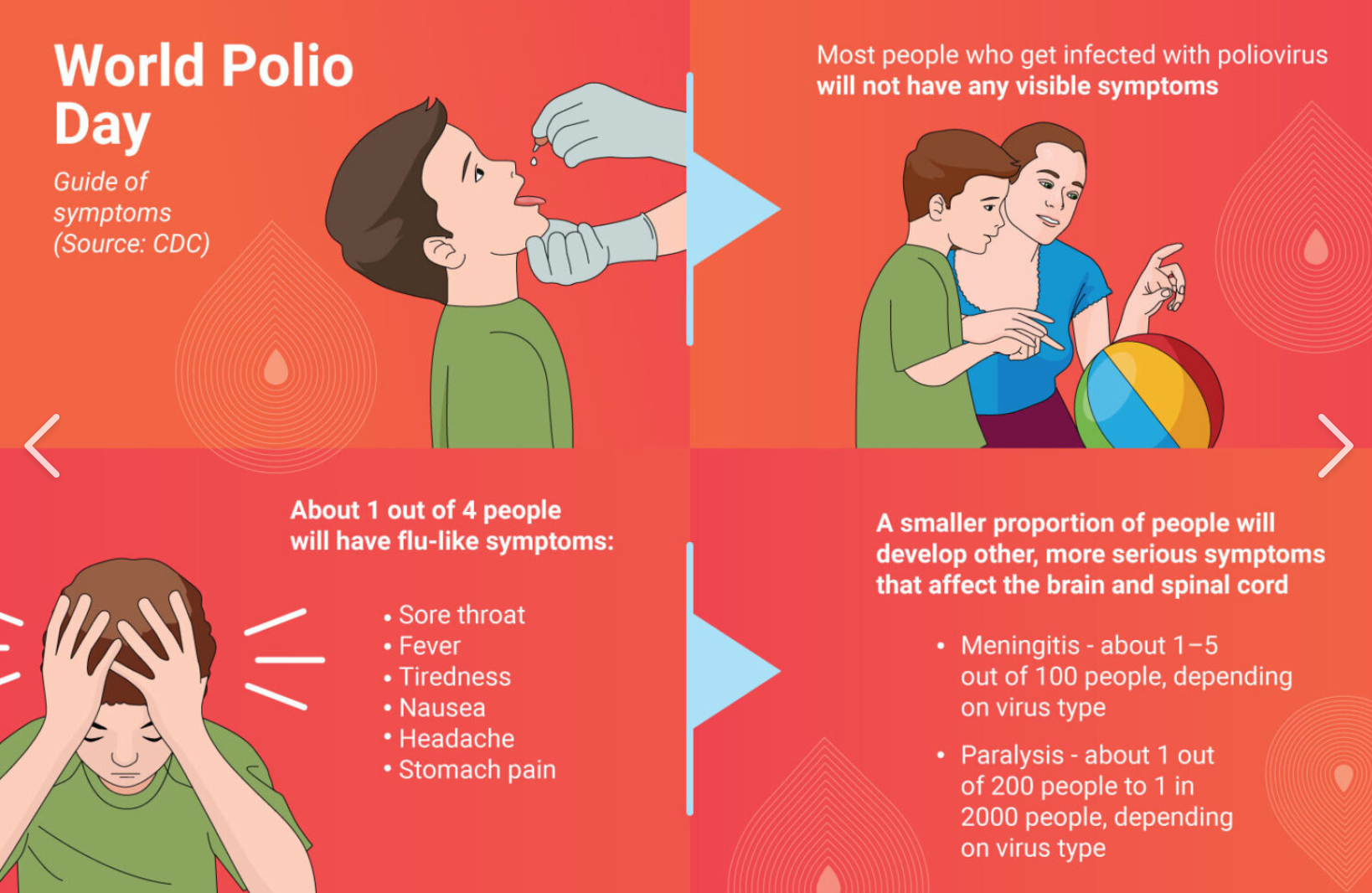
Ah, the roaring 30s—a time when life is full of vim and vigor, and the world is your oyster. But then, you get that dreaded medical report, and three little words send shivers down your spine: “High Uric Acid.” For many young men, this is a wake-up call that they might be teetering on the edge of gout.
According to data from 2018-2019, a whopping 32.3% of men aged 18-29 are already dealing with high uric acid levels, compared to just 4.2% of women in the same age group. By the time they hit 30, nearly one in three men is either already there or well on their way.
So, what gives? Why are men, especially in their 30s, so prone to this issue? Let’s dive into the science and find out.
The Genetic Lottery: Some Men Are Just Born This Way
When men find out they have high uric acid, their first thought is often, “Oh no, no more seafood and barbecues!” But the truth is more complex. Only about 20% of uric acid comes from what we eat, while a staggering 80% is produced by our own bodies. Uric acid is a byproduct of DNA and RNA metabolism. As our cells die and regenerate, they break down these genetic materials, releasing uric acid. In essence, as long as we’re alive, our bodies are constantly churning out uric acid.
Normally, the body produces about 750mg of uric acid daily, and excretes 500-1000mg through the kidneys and intestines, maintaining a delicate balance. But when production spikes or excretion falters, that balance is disrupted, and high uric acid levels ensue.
Unfortunately, some men are genetically predisposed to this issue. Studies show that high uric acid and gout tend to run in families, with genetic factors accounting for 25-60% of uric acid variability. In a 2024 study, researchers identified 377 specific DNA regions linked to gout. For instance, some people naturally have weaker kidneys that struggle to excrete uric acid efficiently.

Hormonal Hurdles: Why Men Are More Susceptible
Globally, men are 3.26 times more likely to suffer from gout than women, and the risk increases with age. This disparity is largely due to sex hormones. Estrogen helps inhibit uric acid formation and promotes its excretion, providing women with a natural defense. But men, lacking estrogen and potentially hindered by testosterone’s impact on kidney function, find themselves at a disadvantage.
From puberty onwards, men and women start to show significant differences in uric acid levels. Before menopause, women generally have lower uric acid levels, but this changes after 50, aligning with men’s levels by their 70s.
The Midlife Crisis: Why 30s Are the Tipping Point
While genetics and hormones play a role, another significant factor emerges in men’s 30s: weight gain. A study of 15.8 million adults in China found that 38.5% of men aged 30-34 are overweight, and 19.3% are obese. This surge in obesity coincides with rising uric acid levels.
Obesity-related metrics like BMI and waist-to-height ratio (WWI) are closely linked to high uric acid. A 2024 study found that each unit increase in BMI and WWI raises the risk of high uric acid by 8% and 72%, respectively, and gout by 5% and 31%.
The Final Straw: Poor Diet Choices
While dietary purines can influence uric acid levels, the real culprits are hidden sugars and alcohol. Sugary drinks, even seemingly harmless fruit juices, can significantly boost uric acid production. And let’s not forget alcohol—men consume an average of 7.3 liters per year, compared to just 1.8 liters for women. Alcohol, especially beer, is strongly linked to gout.
Taking Control: How to Lower Uric Acid
The good news? You can take steps to lower uric acid levels. Here’s how:

- Ditch the Sugary Drinks and Alcohol: Say goodbye to soda, sweetened teas, and alcohol. Even “natural” fruit juices are off the table.
- Hydrate: Drink plenty of water to help flush out uric acid. Coffee, tea, and sugar-free drinks are also good options.
- Eat Smart: Focus on a balanced diet with plenty of vegetables, lean proteins, and whole grains. Limit high-fat foods and opt for low-fat dairy.

4. Move More: Incorporate regular physical activity into your routine. Even short walks can make a difference.

The Evolutionary Twist
Uric acid once served a purpose—it helped early humans survive in low-nutrient environments. But today, our modern, calorie-rich diets have outpaced our body’s ability to manage it. The good news is, there’s still time to make changes before gout strikes.
When your uric acid levels rise, it’s a sign that it’s time to take control. By adopting healthier habits, you’re not just managing uric acid—you’re reclaiming your health and well-being. So, are you ready to turn the tide on “early sour” and embrace a healthier future?







Leave a Reply